Mastering coffee at home can be a delightful journey for anyone who enjoys a good cup. Whether you’re just starting out or looking to refine your skills, understanding the essentials of coffee selection and brewing can transform your home coffee experience. Imagine waking up to the rich aroma of freshly brewed coffee, made just the way you like it, right in your kitchen.
In this guide, we’ll explore the fascinating history and culture of coffee, which adds depth to every sip you take. You’ll discover why having a well-crafted coffee experience at home is not just a luxury but a wonderful routine that can enhance your daily life.
Choosing the right coffee beans might seem overwhelming at first, but with a few handy tips, you’ll be picking the perfect beans in no time. We’ll also delve into the different roast levels and how they can impact the flavor of your brew, ensuring that you find the taste that suits your palate best.
Finally, we’ll cover some brewing techniques that can help you elevate your coffee-making skills. From understanding the differences between brewing methods like drip and French press to tips on achieving your desired flavor profile, you’ll be well-equipped to impress yourself and your friends.
- Discover the fascinating history and culture of coffee
- Learn essential tips for choosing the right coffee beans
- Master different brewing techniques for the perfect cup at home
The Charm of Enjoying Coffee at Home
History and Culture of Coffee
Coffee has a rich history that dates back centuries, and understanding this can truly enhance your appreciation for every cup you brew at home. It all began in Ethiopia, where legend has it that a goat herder named Kaldi discovered the energizing effects of coffee beans. This discovery traveled through the Arabian Peninsula, eventually reaching Europe and beyond, evolving into the beloved beverage we cherish today.
Different cultures have their unique ways of enjoying coffee, from the traditional Italian espresso to the leisurely Turkish coffee ritual. Each method tells a story and adds a layer of experience that connects us to the people and places where coffee is cultivated and consumed. As you brew your coffee at home, think about the journey those beans have taken to reach your kitchen.
Incorporating the history and culture of coffee into your daily routine not only makes the experience richer but also more meaningful. It’s about more than just caffeine; it’s about connecting with a global tradition that’s been enjoyed for generations.
- Coffee originated in Ethiopia and spread throughout the Middle East and Europe.
- Various cultures have their own traditional coffee preparation methods.
- Understanding coffee’s history enhances the at-home brewing experience.
The Importance of Coffee Experience at Home
Creating a delightful coffee experience at home is all about the small details that make each cup special. When you take the time to select quality beans, grind them just right, and experiment with different brewing methods, you’re not just making coffee; you’re crafting a moment for yourself. This process can transform a simple morning routine into a cherished ritual.
Moreover, the atmosphere you create while enjoying your coffee can significantly impact your experience. Whether it’s a cozy corner with your favorite mug or a sunlit patio, setting the right mood can elevate your coffee enjoyment. Pairing your brew with a good book or some soothing music can make for a perfect start to your day.
Another aspect to consider is sharing this experience with friends and family. Inviting loved ones over for a coffee tasting can turn an ordinary afternoon into a memorable gathering. It’s a chance to bond over flavors and preferences, while also showcasing your newfound skills.
Lastly, don’t forget that your coffee journey is personal. It’s about discovering what you like and how you enjoy your coffee best. So, embrace the process, make it your own, and elevate your home coffee experience.
- Crafting an enjoyable coffee experience involves attention to detail.
- The right atmosphere can enhance coffee enjoyment.
- Sharing coffee moments with loved ones creates lasting memories.
- Personalizing your coffee journey makes it uniquely yours.
How to Choose Coffee Beans
Tips for Beginners in Bean Selection
Choosing the right coffee beans is a crucial step in enhancing your home brewing experience. As a beginner, it can feel a bit daunting with so many options available. Start by looking for beans that match your taste preferences. Do you prefer a light, fruity flavor or something richer and bolder? Understanding your own palate will guide you in making better choices.
Another helpful tip is to explore different origins. Coffee beans from various regions have unique flavor profiles. For instance, Colombian coffee is known for its smooth, balanced taste, while Ethiopian beans often have a floral or citrusy note. Don’t hesitate to experiment with different types until you find what resonates with you.
- Start with beans that match your flavor preferences.
- Explore various origins for unique taste profiles.
- Experiment with different types to find your favorite.
Taste Differences by Roast Level
The roast level of your coffee beans significantly impacts the flavor of your brew. Understanding these differences can help you choose the right beans for your taste. Light roasts tend to have a brighter, more acidic flavor, allowing the unique characteristics of the beans to shine through. They often reveal fruity or floral notes that can be quite refreshing.
On the other hand, medium roasts strike a balance between acidity and sweetness. They offer a more rounded flavor profile, making them a popular choice for many coffee drinkers. If you’re looking for something richer, dark roasts may be your go-to. They are characterized by their deep, bold flavors and often have notes of chocolate or caramel. However, keep in mind that over-roasting can mask the beans’ original flavors.
As you explore different roast levels, consider how each type complements your brewing method. For instance, a light roast might be perfect for a pour-over, while a dark roast could shine in an espresso machine. Finding the right roast for your method will elevate your coffee-making skills even further.
Additionally, don’t forget to check the roast date on the packaging. Freshness matters! Coffee tastes best when consumed within a few weeks of roasting. So, look for beans that are freshly roasted to ensure you get the best flavor possible.
- Light roasts highlight bright, fruity flavors.
- Medium roasts offer a balanced profile.
- Dark roasts provide deep, bold flavors with chocolate or caramel notes.
- Freshness is key; choose beans roasted within a few weeks.
Basics of Roasting
Methods for Home Roasting
Roasting coffee at home can be a rewarding experience that takes your coffee enjoyment to the next level. There are several methods to choose from, depending on your available equipment and preferences. One popular method is using a popcorn popper, which allows for a fun and interactive roasting experience. Simply add green coffee beans, turn on the popper, and watch as the beans transform right before your eyes.
Another option is using a skillet or frying pan on the stove. This method requires a bit of attention but can yield delicious results. Just heat the pan, add the beans, and keep them moving to ensure even roasting. For those who prefer a more controlled environment, a dedicated home coffee roaster might be the best choice. These machines offer precise temperature control and can help achieve consistent results every time.
No matter which method you choose, remember that the key to great roasting is monitoring the process closely. Listen for the “first crack” and “second crack” sounds to gauge the roast level. With a little practice, you’ll soon be crafting your own unique roasts that perfectly match your taste.
- Popular methods include popcorn poppers and skillets.
- Dedicated home coffee roasters offer precise control.
- Monitoring the roasting process is essential for success.
Timing and Storage of Roasted Beans
Once you’ve roasted your coffee beans, timing and storage become crucial to maintaining their freshness and flavor. After roasting, it’s best to let the beans rest for a day or two. This allows the gases released during roasting to escape, resulting in improved flavor when brewed. However, don’t wait too long; ideally, consume your roasted beans within two to four weeks for the best taste.
When it comes to storage, keep your beans in an airtight container in a cool, dark place. Avoid storing them in the fridge or freezer, as moisture can negatively affect the flavor. If you purchase larger quantities, consider dividing them into smaller portions to minimize exposure to air. This way, you can enjoy fresh coffee every time you brew.
By paying attention to timing and storage, you’ll ensure that each cup of coffee you make at home is as flavorful as possible. Embrace the art of roasting and enjoy the journey of discovering your perfect coffee flavor profile.
- Let roasted beans rest for a day or two post-roasting.
- Consume beans within two to four weeks for optimal flavor.
- Store in an airtight container away from moisture and light.
Coffee Brewing Techniques
Differences Between Drip and French Press
When it comes to brewing coffee at home, two popular methods are drip and French press. Each method has its own unique approach that can greatly influence the flavor and overall experience of your brew. Drip coffee makers are convenient and straightforward, making them a go-to choice for many. They work by slowly dripping hot water over coffee grounds contained in a filter, allowing gravity to do the work. This method tends to produce a clean, smooth cup, highlighting the coffee’s natural flavors.
On the other hand, the French press offers a more hands-on brewing experience. With this method, coarsely ground coffee is steeped in hot water, and then a plunger is used to separate the grounds from the brewed coffee. This results in a richer, fuller-bodied cup with more oils and sediments, which many coffee enthusiasts appreciate. The choice between these two methods often comes down to personal preference and the type of coffee experience you’re seeking.
Experimenting with both techniques can be an enjoyable journey. You might find that certain beans shine in one method over the other. For example, light roasts could be more vibrant in a French press, while medium roasts might shine through beautifully in a drip coffee maker. The key is to have fun and discover what suits your taste best.
- Drip coffee is easy and produces a clean cup.
- French press offers a fuller-bodied coffee experience.
- Experiment with both to see which method you prefer.
Tips to Bring Out Your Preferred Flavor
Now that you’ve explored different brewing methods, it’s time to focus on how to enhance the flavors of your coffee. One important aspect is the water temperature. Ideally, you want your water to be just off the boil, around 195°F to 205°F. This range allows for optimal extraction of flavors from the coffee grounds without over-extracting bitter notes.
Another tip is to pay attention to your grind size. For drip coffee, a medium grind works best, while a coarser grind is ideal for French press. Adjusting the grind size can significantly impact the flavor profile of your brew. A finer grind may result in a more intense flavor, but it can also lead to over-extraction, making your coffee taste bitter.
Lastly, don’t hesitate to experiment with brew time. For drip coffee, a typical brew time is about 4 to 6 minutes, while a French press should steep for about 4 minutes before plunging. Finding the right balance can help you unlock the unique flavors of your beans, allowing you to enjoy a cup that’s tailored to your taste.

If you’re eager to further enhance your coffee experience, you might find this article, Enjoy Coffee at Home! Choosing the Best Beans for Online Purchase, particularly useful. It delves into selecting the right coffee beans for brewing at home, complementing the techniques you’ve just learned about. By understanding your beans better, you can truly elevate your coffee brewing skills.
- Use water between 195°F and 205°F for optimal extraction.
- Adjust grind size for different brewing methods.
- Experiment with brew time to unlock unique flavors.
Summary
In conclusion, enjoying coffee at home is a delightful experience that encompasses not just the brewing process but also the journey of selecting the right beans and understanding the rich history behind this beloved beverage. By taking the time to explore different flavors, roast levels, and brewing techniques, you can create a personalized coffee ritual that enhances your daily routine. Remember that coffee isn’t just about caffeine; it’s about the moments you create with it.
As you embark on your coffee journey, keep in mind the importance of freshness and proper storage for your beans. By mastering the basics of roasting and brewing, you can elevate your coffee-making skills and impress yourself and your friends with each cup. Embrace this process, and let your unique tastes guide your exploration of coffee.
Whether you’re a beginner or an experienced brewer, there’s always something new to learn and discover in the world of coffee. So grab your favorite mug, pour yourself a cup, and enjoy the rich flavors and aromas that come from brewing at home.
- Enjoying coffee at home involves selecting the right beans and understanding its history.
- Freshness and proper storage are key to enhancing your coffee experience.
- Mastering brewing techniques can elevate your skills and impress others.
We’d love to hear about your own coffee experiences! What tips do you have for brewing at home? Feel free to share your thoughts in the comments below.


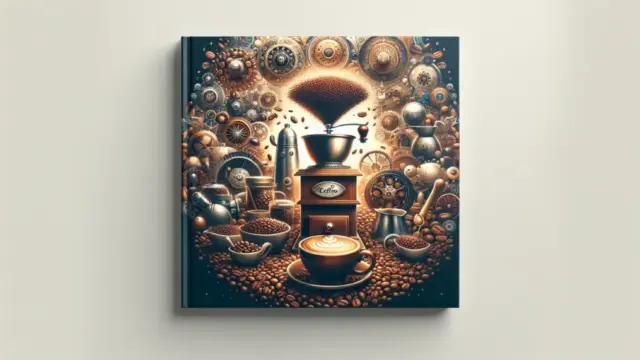





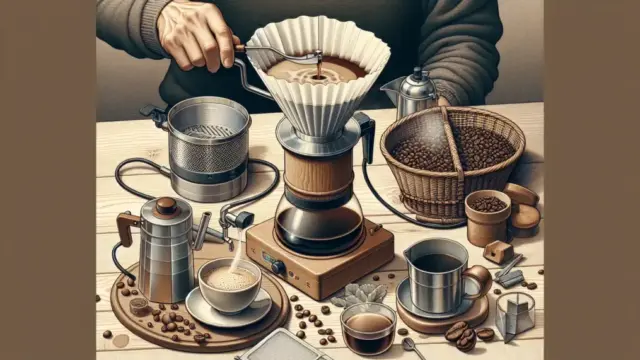






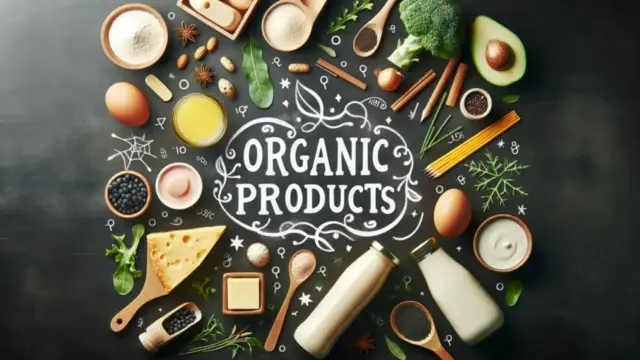
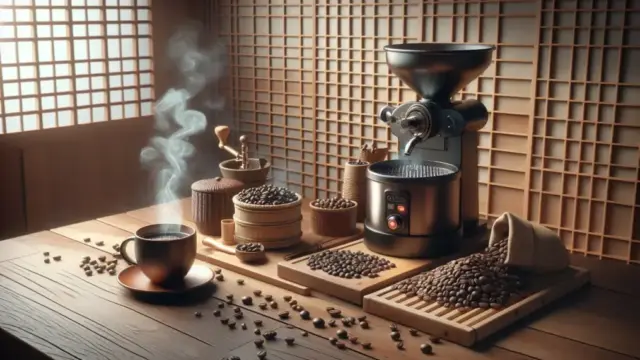
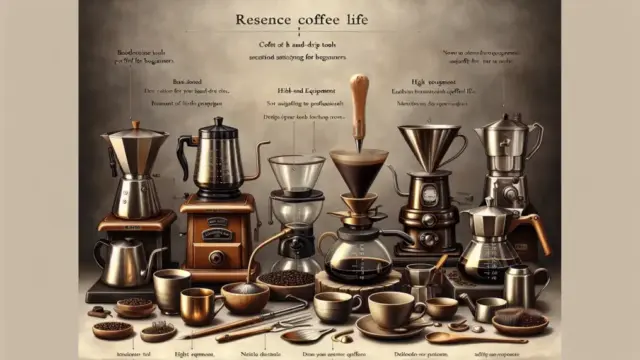

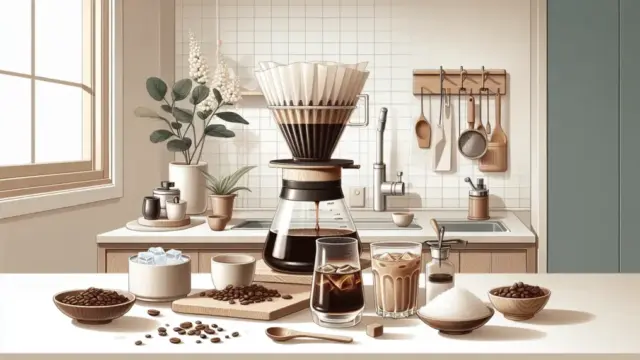


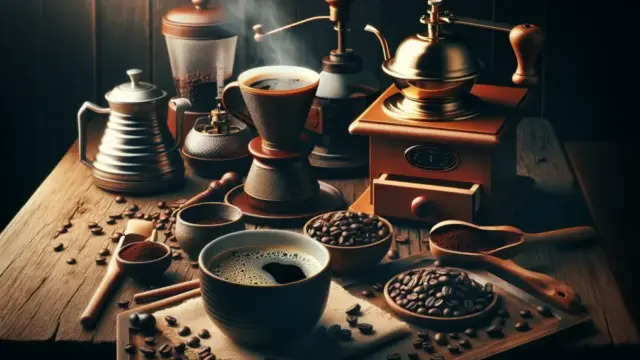
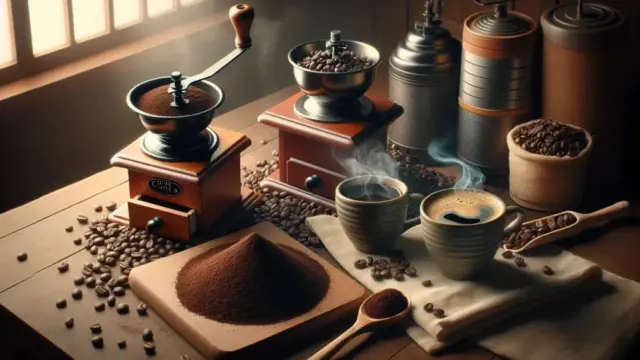

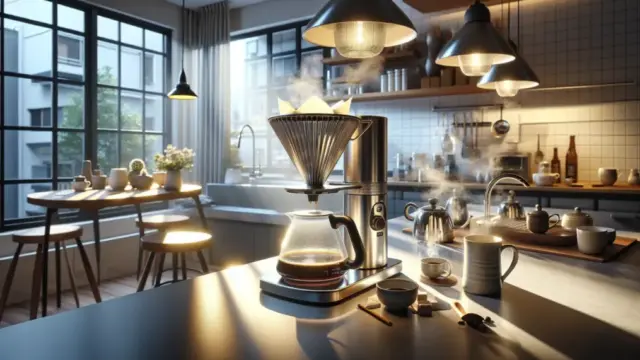

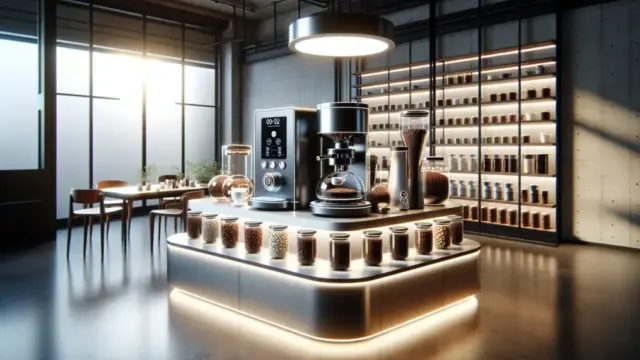

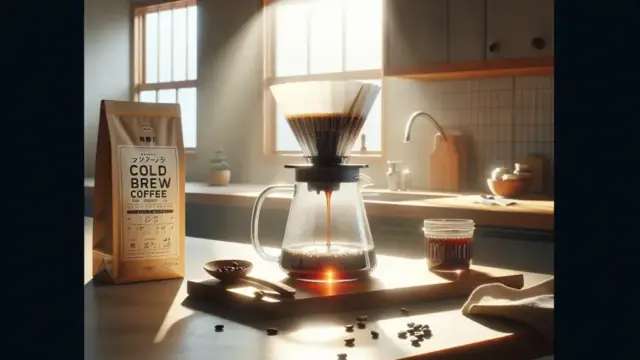




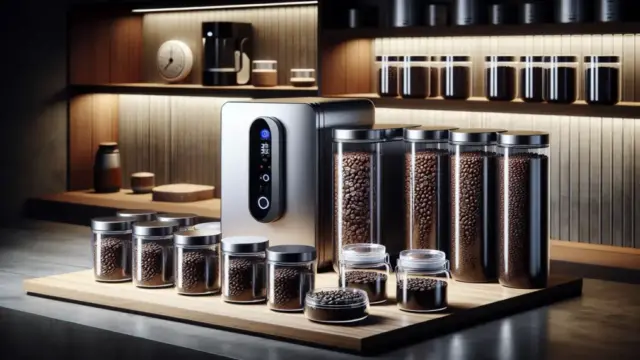

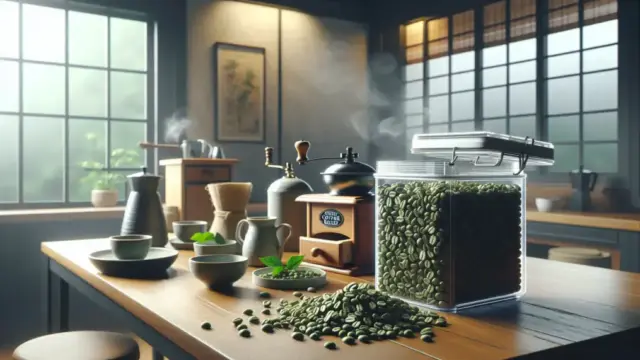
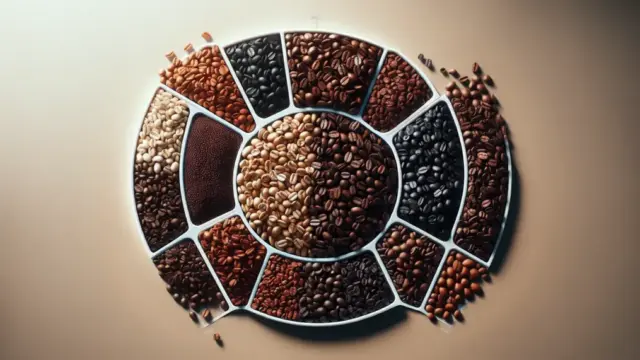














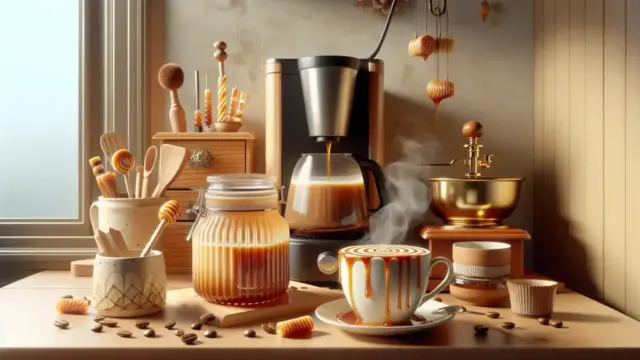








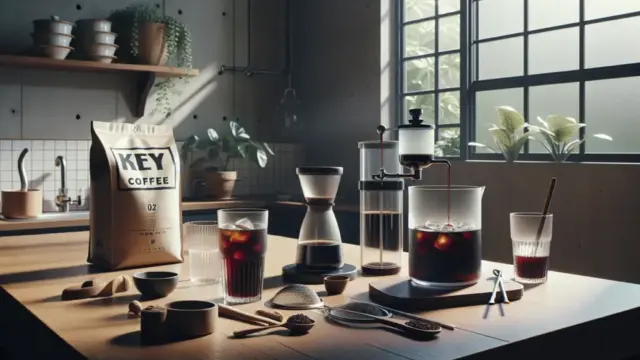




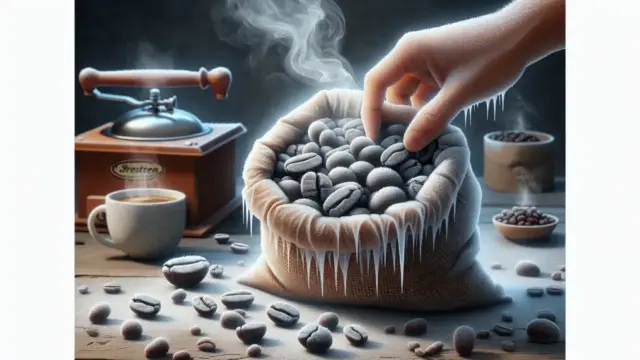




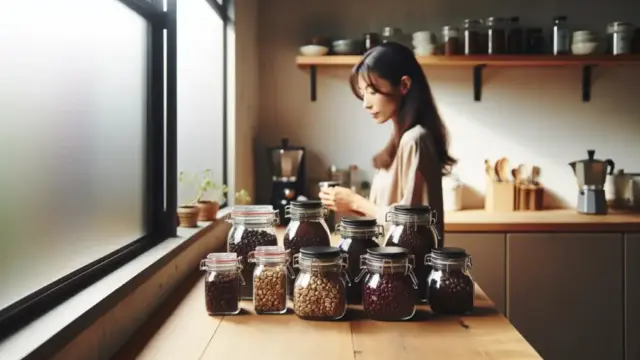



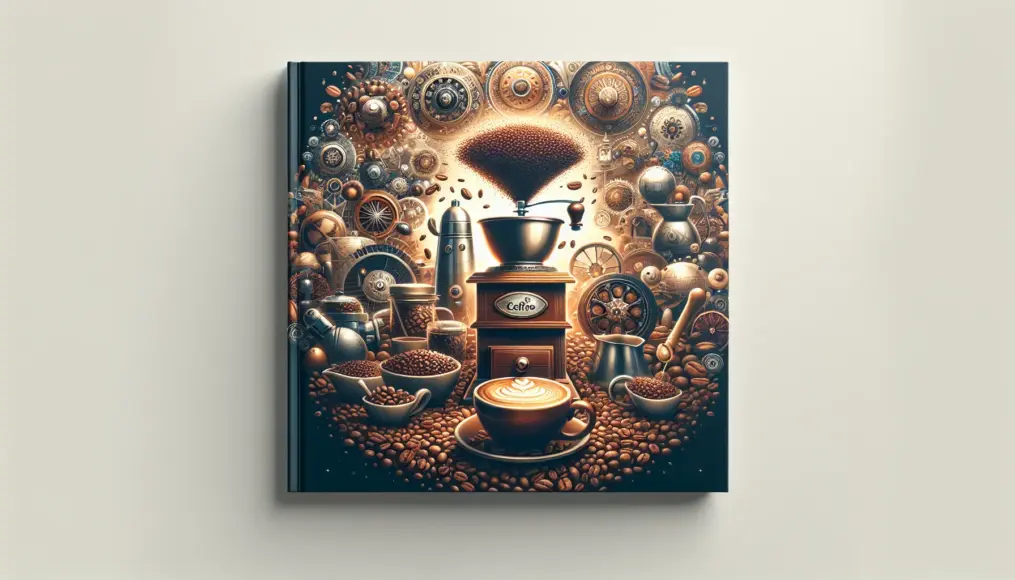
Comment